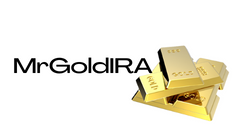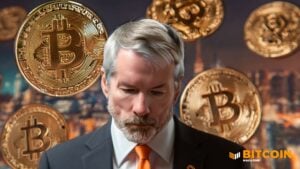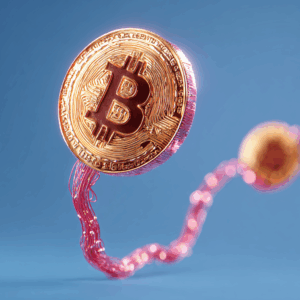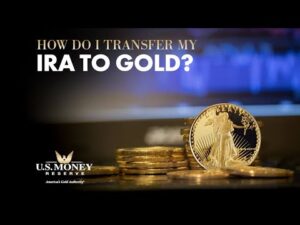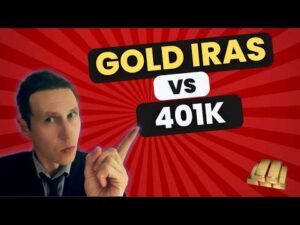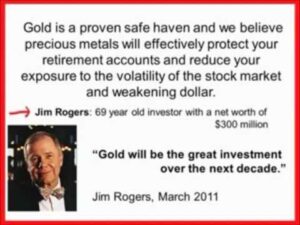
Introduction
Michael Howell, the founder and CEO of Crossborder Capital, is a veteran in global finance. With over $1 billion assets under management, his London-based independent research and investment company has established itself as a prominent player in the industry. Howell's expertise lies in analyzing global liquidity trends and their impact on the market. In a recent episode of Forward Guidance, he challenged the prevailing narrative of monetary tightening and highlighted the rise in global liquidity, which he believes will have positive effects on liquidity-sensitive assets such as stocks, gold, and cryptocurrencies.
The Observation of Increased Liquidity
Contrary to popular belief, Howell argues that the Federal Reserve has been covertly injecting liquidity into the markets. Despite a reduction in the Fed's balance sheet, he points out that Fed liquidity actually increased by 12 to 15% last year. This trend is not a temporary phenomenon but part of a longer-term pattern of monetary inflation. Central banks globally are engaging in what Howell refers to as shadow quantitative easing and shadow yield curve control.
The Role of Reverse Repo and Bank Term Funding Program
Howell highlights the significant contribution of the draining of the Reverse Repo (RRP) facility and the Bank Term Funding Program (BTFP) to the rise in Fed liquidity. He anticipates that central bank liquidity will continue to unlock, especially once the RRP is fully drained. He even suggests the possibility of the BTFP being renewed in the future.
The Impact of U.S. Treasury's Debt Issuance Strategy
The U.S. Treasury's strategic decision to shorten the maturity of its debt issuance adds complexity to the situation. Howell explains that this move mechanically reduces the private sector's liquidity needs to absorb government paper, benefiting the banking sector in managing its systemic overexposure to duration.
The Transition to a Calm Phase
Howell suggests that the current phase may transition from a rebound phase to a calm phase. In such calm phases, the financial sector and high-beta securities, including cryptocurrencies, tend to perform well. Howell believes that cryptocurrency, in particular, could experience positive influences. He notes that it may become the preferred hedge against monetary inflation for the younger generation, aligning with the increasing interest in digital assets among younger investors.
Conclusion
Michael Howell's argument that a rise in global liquidity will generally benefit liquidity-sensitive assets like stocks, gold, and cryptocurrencies challenges the prevailing narrative of monetary tightening. His analysis sheds light on the covert injection of liquidity by the Federal Reserve and the potential positive impacts on the market. As the landscape of global finance continues to evolve, understanding the role of liquidity becomes increasingly crucial for investors and market participants.
What are your thoughts on Howell's argument? Do you believe that a rise in global liquidity will have a positive impact on liquidity-sensitive assets? Share your opinions in the comments section below.
Frequently Asked Questions
What Does Gold Do as an Investment Option?
The price of gold fluctuates based on supply and demand. Interest rates can also affect the gold price.
Because of their limited supply, gold prices can fluctuate. There is also a risk in owning gold, as you must store it somewhere.
What is a Precious Metal IRA, and how can you get one?
An IRA with precious metals allows you to diversify retirement savings into gold and silver, palladium, rhodiums, iridiums, osmium, or other rare metals. These metals are known as “precious” because they are rare and extremely valuable. These are excellent investments that will protect your wealth from inflation and economic instability.
Precious metals are sometimes called “bullion.” Bullion refers only to the actual metal.
Bullion can be purchased via a variety of channels including online sellers, large coin dealers, and grocery stores.
With a precious metal IRA, you invest in bullion directly rather than purchasing shares of stock. This ensures that you will receive dividends each and every year.
Unlike regular IRAs, precious metal IRAs don't require paperwork or annual fees. You pay only a small percentage of your gains tax. Plus, you can access your funds whenever you like.
Can I have a gold ETF in a Roth IRA
This option may not be available in a 401(k), but you should look into other options such as an Individual Retirement account (IRA).
A traditional IRA allows contributions from both employee and employer. Another option is to invest in publicly traded corporations with an Employee Stockownership Plan (ESOP).
An ESOP can provide tax advantages, as employees are allowed to share in company stock and the profits generated by the business. The money you invest in the ESOP will be taxed at a lower rate than if it were directly held by the employee.
A Individual Retirement Annuity is also possible. An IRA allows you to make regular payments throughout your life and earn income in retirement. Contributions to IRAs don't have to be taxable
Statistics
- Contribution limits$6,000 (49 and under) $7,000 (50 and up)$6,000 (49 and under) $7,000 (50 and up)$58,000 or 25% of your annual compensation (whichever is smaller) (lendedu.com)
- (Basically, if your GDP grows by 2%, you need miners to dig 2% more gold out of the ground every year to keep prices steady.) (smartasset.com)
- Indeed, several financial advisers interviewed for this article suggest you invest 5 to 15 percent of your portfolio in gold, just in case. (aarp.org)
- If you accidentally make an improper transaction, the IRS will disallow it and count it as a withdrawal, so you would owe income tax on the item's value and, if you are younger than 59 ½, an additional 10% early withdrawal penalty. (forbes.com)
- If you take distributions before hitting 59.5, you'll owe a 10% penalty on the amount withdrawn. (lendedu.com)
External Links
investopedia.com
bbb.org
finance.yahoo.com
wsj.com
- Saddam Hussein's InvasionHelped Uncage a Bear In 1991 – WSJ
- Do you want to keep your IRA gold at home? It's not exactly legal – WSJ
How To
3 Ways to Invest in Gold for Retirement
It is important to understand the role of gold in your retirement plan. You can invest in gold through your 401(k), if you have one at work. You may also be interested in investing in gold beyond your workplace. One example is opening a custodial accounts at Fidelity Investments if an IRA (Individual Retirement Account), if you already own one. Or, if you don't already own any precious metals, you may want to consider buying them directly from a reputable dealer.
These are the rules for gold investing:
- Buy Gold with Cash – Avoid using credit cards or borrowing money to fund investments. Instead, deposit cash into your accounts. This will protect you from inflation and help keep your purchasing power high.
- Physical Gold Coins: You should own physical gold coins, not just a certificate. It's easier to sell physical gold coins rather than certificates. You don't have to store physical gold coins.
- Diversify Your Portfolio – Never put all of your eggs in one basket. Also, diversify your wealth and invest in different assets. This helps reduce risk and gives you more flexibility during market volatility.
—————————————————————————————————————————————————————————————-
By: David Sencil
Title: Michael Howell of Crossborder Capital: The Impact of Rising Global Liquidity
Sourced From: news.bitcoin.com/michael-howell-predicts-continued-surge-in-global-liquidity-benefiting-stocks-gold-and-crypto/
Published Date: Tue, 23 Jan 2024 05:00:09 +0000
Related posts:
 Monetary Gold Reviews: A Comprehensive Guide to Investing in Precious Metals
Monetary Gold Reviews: A Comprehensive Guide to Investing in Precious Metals
 Michael Saylor Warns of Deepfake Bitcoin Giveaway Scams
Michael Saylor Warns of Deepfake Bitcoin Giveaway Scams
 Michael Saylor Anticipates Doubling of Bitcoin Demand Following Halving and Spot Bitcoin ETF Approvals
Michael Saylor Anticipates Doubling of Bitcoin Demand Following Halving and Spot Bitcoin ETF Approvals
 Hashkey Capital Singapore Receives Full Capital Markets Services License from MAS
Hashkey Capital Singapore Receives Full Capital Markets Services License from MAS
